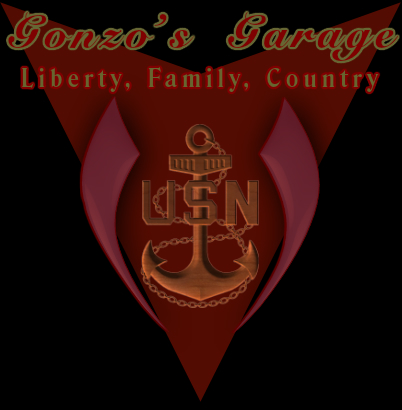|












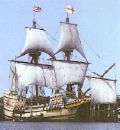
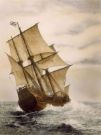
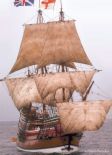
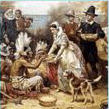
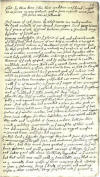
Click the image
to
view the document

Donate to
Gonzo's Garage
|
Some Interesting Memorabilia:
Taylor Family Reunion Booklet:
These are the pages from a Taylor family reunion
booklet sent to me by my Aunt Pat. Notice the last two
pages, which give information about the
various ships
on which each of the Captains sailed. The
Taylor and Flinn families both have a very rich
history of sailing and seafaring. Notice that
one young lad, Simeon N. Taylor, made a voyage as a
cabin boy at the age of thirteen years and ten
months old.
The
listing on the last page for Captain Charles L.
Flinn's ship is a misprint - his ship was named the
"Great Sturgeon."
(Click on thumbnails to see larger image):
Nautical Items:
Below
are some pictures of items that I have in my
possession, sent to me by my grandfather and my Aunt
Pat. The Ocean Directories were used by Ship's
Captains to navigate the various ports, obtain
information about tariffs and fees, tides, currents,
and a variety of other things needed to sail to each
of the destinations. Two of the directories look
new, and two look more worn. This is because
my grandfather, Dr. Edwin S. Flinn, had two of them
re-bound before sending them to me.
|
More
about Octants and Sextants
|
The instrument seen
in the images on the second row below is an octant,
which is an astronomical instrument that is used to
determine latitude for navigation. It does this by
measuring angular distances, like the altitude of
the sun, moon and stars. The octant gets its name
because the arc on the instrument is 45-degrees, or
one-eight of a full circle. The octant was
later widely replaced by the sextant, which was invented
independently in both England and America in 1731.
The boxes and vials
shown below are examples of the remedies and
medicines that the ship's Captain would dispense to
the crew. These vials include such things as
arsenicum,
ipecac, bryonia, and belladonna, just to name a few.
(Click on thumbnails to see larger image):
Other Pictures and Paintings:
These are paintings
of the ships "Nonpareil" (left) and "Ella" (right)
which were both commanded by Captain William Flinn.
The picture of the Ella in the middle is actually an
ad for a painting of this ship that Aunt Pat found
on the Internet. On the right is a picture of
William Warren Flinn and Lydia Taylor Flinn.
(Click on thumbnails to see larger image):
The picture
on the left
left is a painting of Phebe Nickerson Taylor, who
was married to James Taylor. Their
daughter, Mary Jane Taylor, married Charles
Flinn. The son of Charles and Mary
Jane was Stanley Flinn, married to Bertha
Poland, and they had a son named Edwin S.
Flinn (my grandfather). On the right is a
picture of Edwin S. Flinn when he was a student at
Penn State University.
Four Generations of
Flinns: The pictures, in order from left to
right are, William W. Flinn, Charles L. Flinn,
Stanley W. Flinn, and Edwin S. Flinn
Types of Ships on Which the
Taylor and Flinn Men Sailed:
Barque (or Bark): A type of
sailing ships with three or more masts.
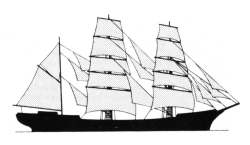
Brig:
Two-masted sailing vessel with
square-rigged sails on both masts
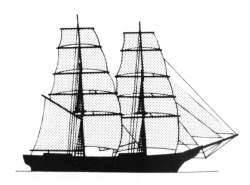
Schooner: A schooner is a type
of sailing vessel characterized by the
use of fore-and-aft sails on two or more
masts. Schooners were first used by the
Dutch in the 16th or 17th century, and
further developed in North America from
the time of the American Revolution.
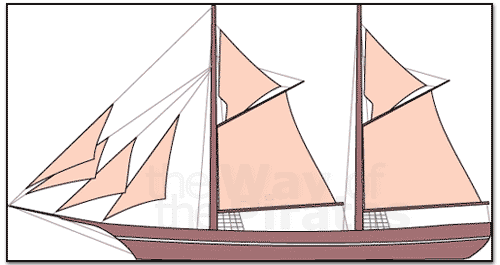
S.S. (Steamer):
Abbreviation for steam ship.
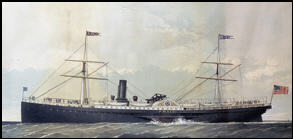
CVN:
Carrier Vessel - Nuclear. A
nuclear powered aircraft carrier.
I had to throw this in here. This
is the kind of ship that my son, Billy,
and I have both served aboard. I
served in various sea-going fighter
squadrons and aircraft carriers in my
Navy days, and Billy served aboard a
couple of different nuclear carriers as a firefighter
on the flight deck. You can see
more about what it's like to serve
aboard an aircraft carrier in my
Go Navy!
section.
The picture
below is of the
U.S.S. Carl Vinson - the
carrier on which I made a few Persian
Gulf deployments, and various other
at-sea ventures.
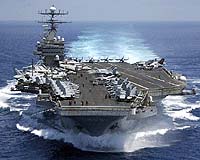
Below are
various news paper articles from the
Berkshire Eagle, 1959. These make
mention of Edwin S. Flinn, and young high
school student Patricia Flinn:
|

